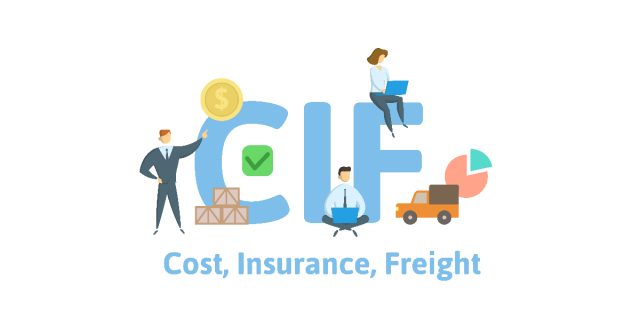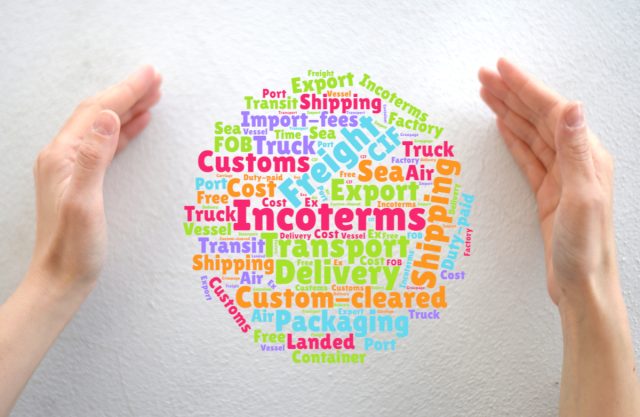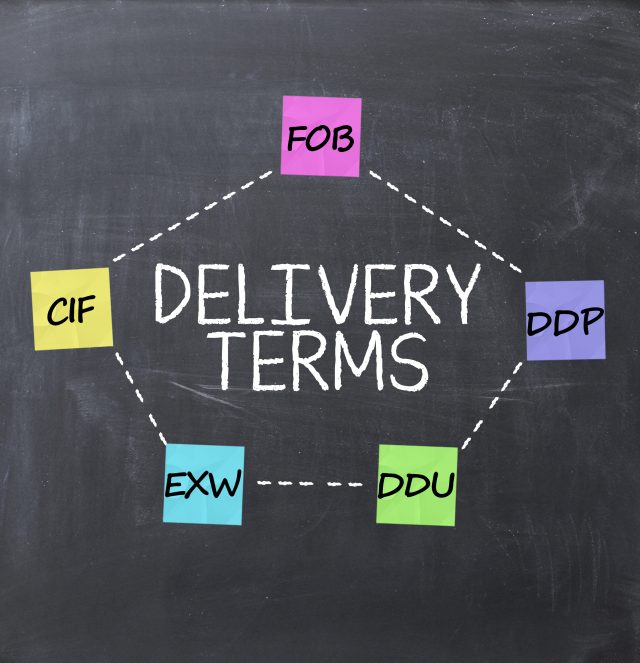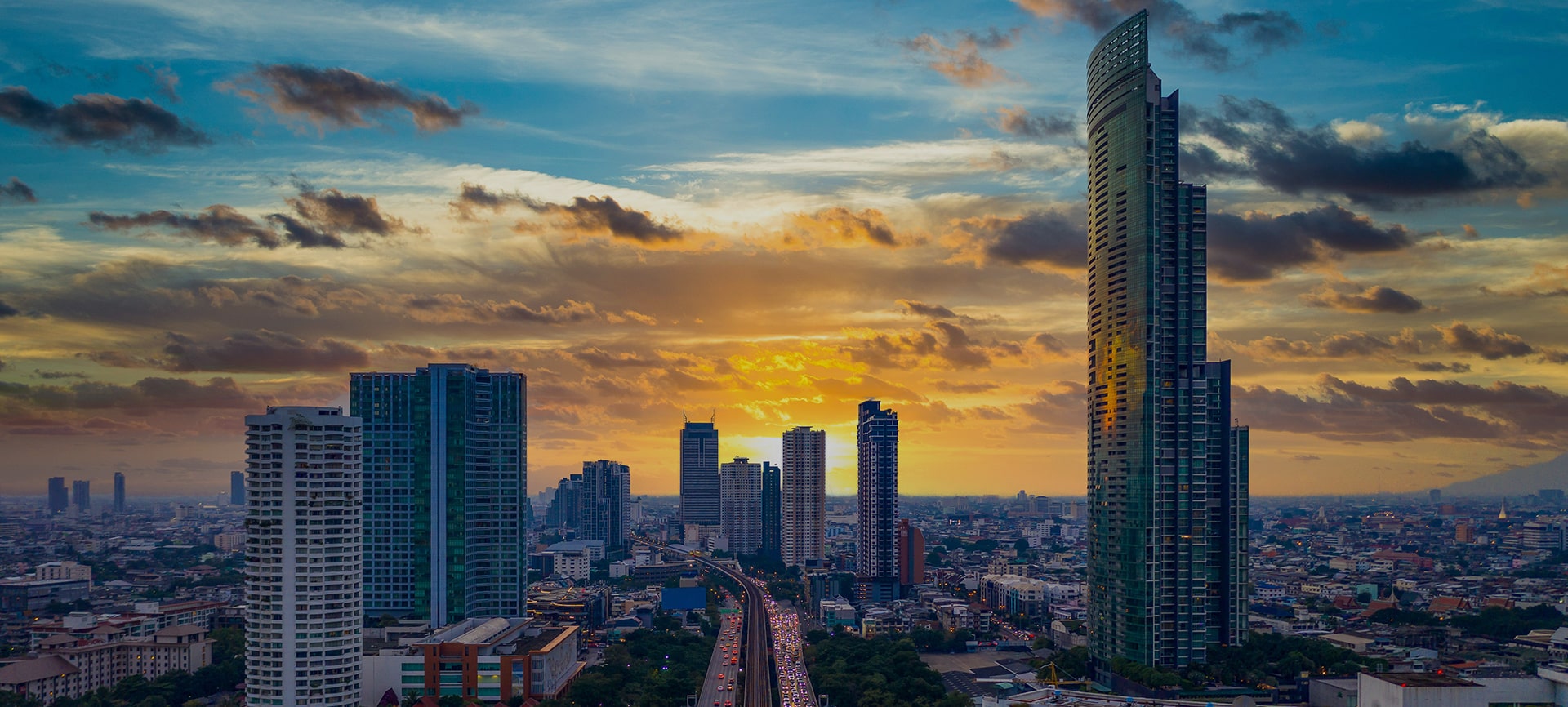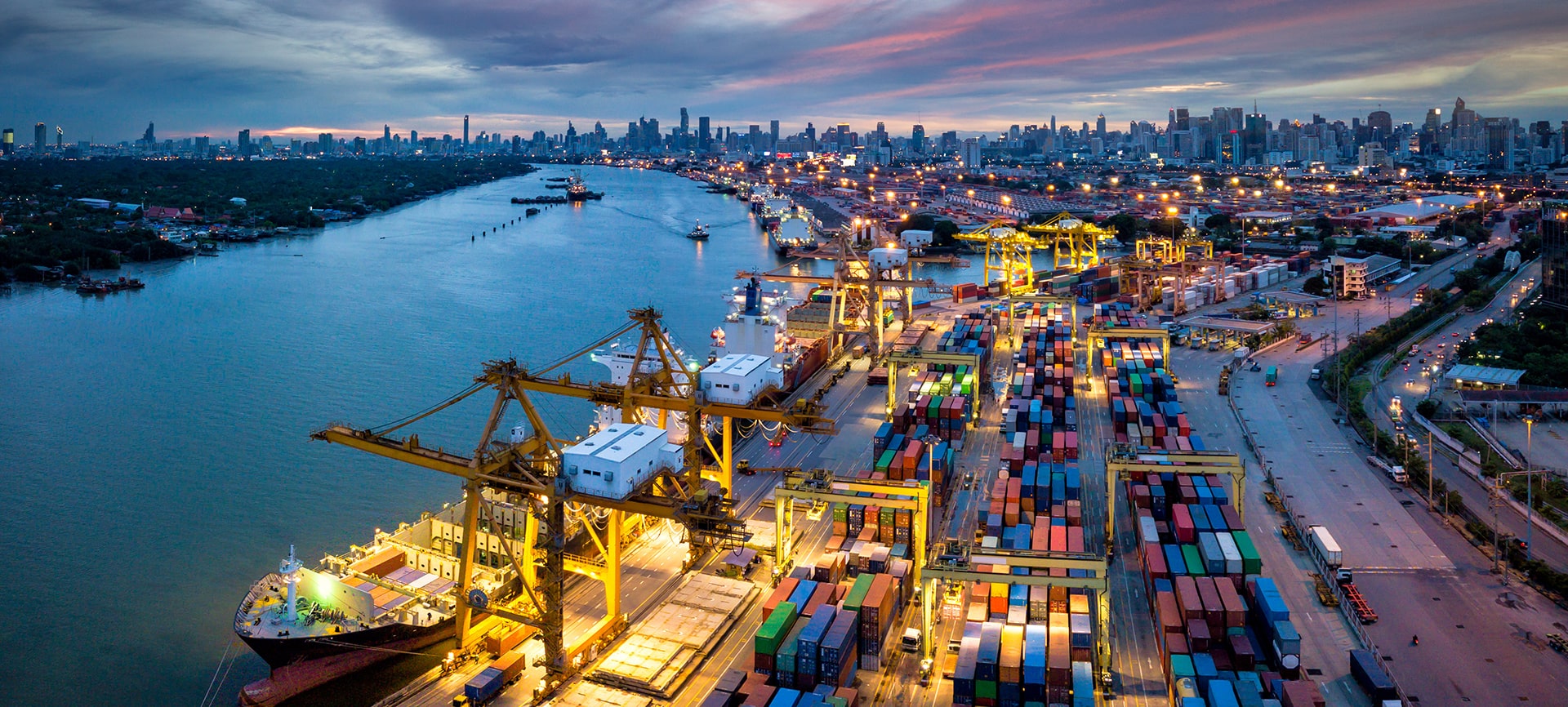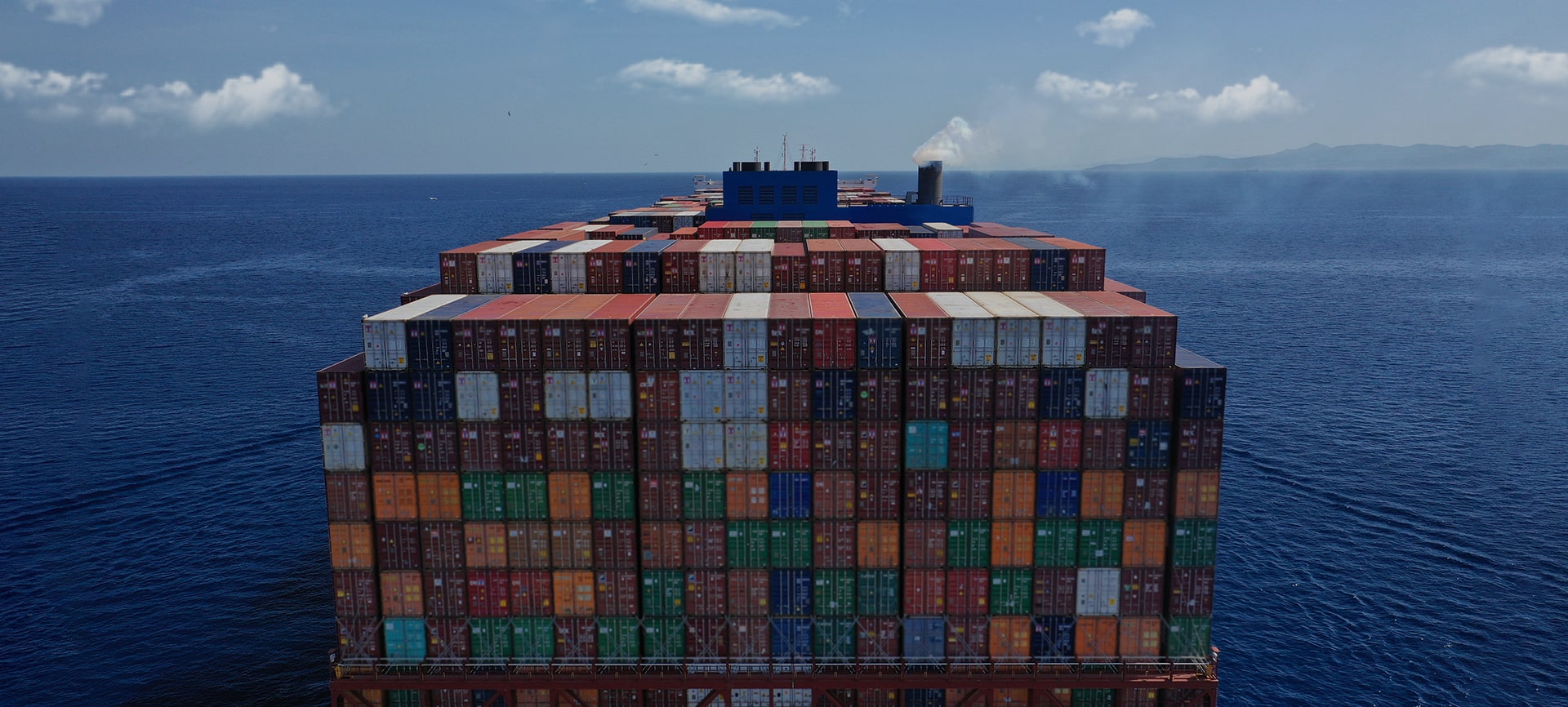Posted on: July 29, 2018 / Last updated: June 12, 2024
Which has the benefit, FLC or LCL? Explained how to calculate the BreakEve point of LCL shipment from Thailand


When we arrange exporting the cargo by sea shipment, there are the way of FCL and LCL shipment delivery. FCL means “Full Container Load”, so the container will be filled with only one shipper. On the other hand, LCL is “Less than Container Load”. There are multiple shippers for loading the cargo together to fill the container.
We have to understand the difference of the benefit between FCL and LCL shipment. There are a couple customers which did not know it and made the problem unfortunately. In order to avoid the problem caused by misunderstanding of FCL and LCL benefit, we will explain these difference and we will point out the benefit of FCL or LCL shipment.
::
CONTENTS
Explained LCL and FCL shipment difference by Animation Movie
::
Difference between FCL and LCL shipment
:
FCL Shipment

First of all, let’s understand the container inner dimension and maximum loading weight. This is necessary for loading the cargo efficiently.
:
Container size (inside dimension)
20ft container: 2.3m (width) x 5.7m (lenghtl) x 2.4m (height)
40ft container: 2.3m (width) x 12m (length) x 2.4m (height)
40ft HC (high cube): 2.3m (width) x 12m (length) x 2.7m (height) [br num = “2”]
Note: The inner dimensions of the container may be slightly different depending on the Shipping Lines.
:
Maximum cargo loading weight of container
20ft, 40ft, 40ft HC: about 25 tons [br num = “2”]
Regarding the maximum cargo weight, 20ft or 40ft, 40HC are the same. 25 tons is the maximum weight of container loading. Please do not misunderstand that 40ft is allowed to load up to 50tons. [br num = “2”]
This is because there is a danger when handling very heavy cargo on a vessel and moving containers on a trailer. There is a regulation of the maximum cargo weight for container loading.

Note: the maximum cargo weight of container may be different slightly depending on the Shipping Line, but it’s better to understand it is around 25ton.
So, if the cargo volume and weight will be fit in the 20’, 40’ and 40’HC container, it’s better to use FCL shipment.
:
LCL Consolidated Shipment
On the other hand, when the cargo volume is unable to fill a 20’container, LCL shipment is used. In the case of LCL, 1RT (Revenue Ton) is the lowest loading volume, so even the cargo volume is lower than 1RT, the transportation charges will be the same as 1RT.
RT means that 1CBM = 1Ton is equal, and then adopt the higher unit for transportation.

:
Difference in local charge between FCL and LCL Shipment
There are various charges at the port whether it is FLC or LCL. Here, you have to be careful. The calculation method of FLC and LCL is totally different.
:
Port Charge of FCL
THC (Terminal Handling Charge): There is a cost to move the container in the terminal of the port. This is the expenses incurred both on the exporting side and the importing side, which is the fixed cost like below. [br num = “2”]
【Export THC in Thailand】
· THC – 20 ft: THB 2,600/20′
· THC – 40 ft: THB 4,200/40′
【Import THC in Japan】
· THC – 20 ft: JPY 35,000/20′
· THC – 40 ft: THB 49,000/40′
Price of THC is different depending on the Shipping Line, so please check the website of each shipping lines for more details.
:
Port Charges of LCL
There is THC as well as FLC, and there is CFS (Container Freight Station) in LCL shipment. This is the cost of loading cargo into containers at the container freight station. ※ There is no CFS for FCL shipment.
THC and CFS charge of LCL is not fixed but it depends on the volume of RT. [br num = “2”]
For example, below is the general THC and CFS charges at Japan ports.
· THC – JPY 1,500/RT
· CFS – JPY 3,980/RT [br num = “2”]
If you ship 5CBM (2 ton) of cargo by LCL shipment, the port charges will be as follows.
· THC – JPY 1,500 x 5 = JPY 7,500
· CFS – JPY 3,980 x 5 = JPY 19,900
::
Break-even point of FLC and LCL shipment
Which transportation methods, FCL or LCL, have the cost benefit? Actually we cannot define the FCL and LCL cost benefit since it is related to the quotation by Forwarders.
However we can point out how to know/calculate it as below.
:
Do not look at only Ocean Freight
This is a big point, but do not look at only Ocean Freight when you calculate the cost benefit by FCL or LCL shipment. Let’s consider with the example which has more benefit by the following conditions.
:
Condition: cargo size, weight, quantity
Cargo volume: 1.1m x 1.1m x 1.0m / palette * 1.21CBM / pallet
Freight quantity: 10 pallets
Cargo weight: 500kg / pallet
Total volume: 12.1CBM
Total weight: 5 ton
:
Condition: Ocean Freight to Japan
FCL: USD 300/20′ all in
LCL: USD 10/CBM
:
Condition: Port Charges in Japan
FCL: THC – JPY 35,000/20 ‘
LCL:
THC – JPY 1,500/RT
CFS – JPY 3,980/RT
:
Answer
:
Expenses of FCL Shipment
· Ocean Freight: USD 300
THC: JPY 35,000
Exchange Rate: as USD 1 = JPY 100
· Total: JPY 30,000 + JPY 35,000 = JPY 65,000
:
Expenses of LCL Shipment
· Ocean Freight: USD 10 x 12.1 CBM = USD 121
· Port Charges
THC: JPY 1,500 x 12.1 CBM = JPY 18,150
CFS: JPY 3, 980 x 12.1 CBM = JPY 48,158 [br num = “2”]
Exchange Rate as USD 1 = JPY 100
· Total: JPY 12,100 + JPY 18,150 + JPY 48,158 = JPY 78,408 [br num = “2”]
If you see the only Ocean Freight, LCL has more benefit. However, looking at the ocean freight and port charges together, you can see that the FLC has more cost benefit.[br num=”2″]
Ocean Freight: USD 300(FCL) v.s USD 121(LCL)
Total Logistics Charges: JPY 65,000(FCL) v.s JPY 78,408(LCL)
::
Pay attention to Incoterms
Incoterms are trading conditions of transportation expenses, such as EXW, C&F, CIF, FOB, DDU, DDP and so on.
Details are described below link.
Explained Incoterms with illustration. Necessary knowledge for Logistics job
:
Pay particular attention to CIF

In CIF term, the Shipper will pay the export side domestic transportation and Ocean Freight. When exporting by LCL with CIF term, you have to pay attention to the Import side port charges.
If the Shipper does not understand the break-even point of FCL and LCL, Shipper will chose LCL shipment for the cheaper Ocean Freight, then they do not care about the high rate of Import side port charges.
:
Example of the claim of LCL shipment
One shipper usually sent the 20 pallets of the cargo to Japan with 20ft container. One day, they arranged LCL shipment for the 14 pallets of the cargo because of the volume reduction.
The cargo volume was about 1CBM/Pallet so that 14 pallet volume is 14CBM. It is for sure that the Japan side port charges (THC and CFS) will be higher than the THC of FCL shipment. [br num = “2”]
FCL port charge – THC: JPY 35,000/20′
LCL port charge – (THC: JPY 1,500 x 14) + (CFS: JPY 3,980 x 14) = JPY 76,720 [br num = “2”]
The Incoterms at this time was CIF so Japanese Port charges must be paid by Cosignee. Consignee complained a lot for this expense since the Japan local port charges get double because of LCL shipment.
This is also a mistake by the forwarder which arranged LCL shipment as well. They must double check with the customer when they get the booking 14 pallets for LCL shipment.
::
Summary
There are breakeven points in FLC and LCL but it depends on the quotation of the forwarder. But roughly it would be more cost benefit of LCL shipment when you export 1 – 5 pallets. ※please pay attention of the hight of the cargo.
And when the cargo volume will be to 10 pallets export, it is generally predictable that FCL (20′) has merit. [br num = “2”]
Most importantly, as a professional Freight Forwarder, we have to give the suitable advise for the customers whenever the condition such as FCL, LCL and Incterms changed.



